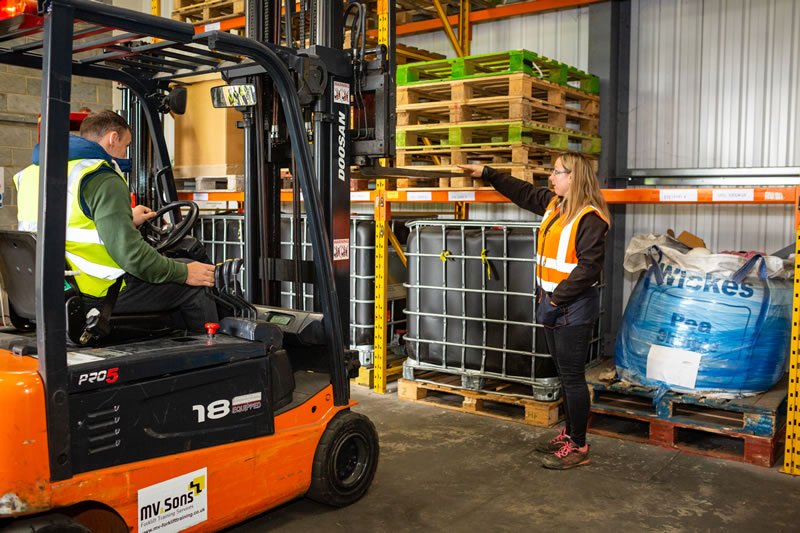A tragedy highlights the risks of forklifts even with well-trained operators.
February saw another workplace fatality when a truck driver who had just delivered a load was crushed between his vehicle and a forklift in St Marys, NSW. This tragedy highlights the dangers of these small but extremely heavy vehicles, where the simplest error can have significant consequences.
It’s testament to how seriously the industry takes forklift safety that forklift fatalities in Australia have remained consistently low this century, but there is still room for improvement, and tools and training are available to help.
Dean Wilson, TABMA workplace & safety office, notes that forklift drivers are almost universally well trained and responsible, but this hasn’t removed the risk. He recommends businesses create and train their staff in a traffic management plan, which will substantially lower the possibility of people and lifts coming together.
“Working around traffic, including plant and vehicles, can pose significant health and safety risk within the workplace,” Wilson says. “Traffic management is the planning and control of traffic from one location to another. It focuses on creating and managing an orderly and efficient movement of persons and goods, creating a safe environment for all users.
“It includes the organisation, arrangement, guidance and control of both stationary and moving traffic, including pedestrians and all types of vehicles.”
Wilson recommends businesses identify all the hazards associated with traffic in each workplace. “There are going to be some workplaces that are very low-risk and have minimal traffic movement and then there are going to be many workplaces where that risk is much higher,” he says.
“It is very important to talk to your workers and observe your workplace, then determine where the areas of high traffic are. Your workplace may have lots of vehicles, forklifts and load-shifting equipment interacting with each other. Specifically, you need to look for areas where there is high pedestrian and vehicle interaction. You particularly need to be looking for reversing vehicles, such as forklifts.”
Wilson emphasises: “Forklifts are one of the highest risk vehicles in the workplace because they do spend a lot of their time reversing and they are often working in close proximity to pedestrians. You need to spend a decent amount of time looking at how your forklift operates and assess how likely it is that someone will come into contact with it.”
TABMA offers a comprehensive WHS Inspection Service, to members, visit https://tabma.com.au/tabma-whs-inspection-service/ for details or contact Dean on 0419 756 991. TTIA also offers safety assessments, audits and solutions, visit https://ttia.asn.au/timber-trade-industrial-association/ for details. Talk with your industry association to see what they can do to help.
Several machinery companies also offer safety assessments, plans and training, talk with your supplier to see what is available.
Not only is the time and cost investment economically worth it in insurance and compliance terms, but the relief of knowing everyone on your site is as safe as they can possibly be is priceless.











